The Complete Guide to Pilates Benefits
1. Introduction to Pilates and Its Growing Popularity
Pilates is more than just a fitness trend—it is a holistic movement system that integrates body, mind, and breath. Developed by Joseph Pilates in the early 20th century, this method emphasizes controlled movements, core stability, and mindful breathing. Over the last two decades, Pilates has gained immense popularity worldwide, not only among athletes and dancers but also everyday people who are seeking a safe, sustainable, and effective way to improve their health.
One of the reasons Pilates is so widely embraced is its accessibility. Unlike high-impact workouts that put stress on the joints, Pilates offers low-impact exercises that can be adapted to different fitness levels. Whether you are a complete beginner, a senior looking to improve mobility, or a professional athlete aiming to enhance performance, Pilates has something to offer. Its versatility makes it suitable for various lifestyles and physical conditions, including prenatal women, people recovering from injuries, and those managing chronic pain.
Another driving factor behind its popularity is the growing focus on mind-body connection in modern fitness. As people search for ways to combat stress, anxiety, and the pressures of daily life, Pilates provides a balance between physical exertion and mental relaxation. The practice encourages mindfulness, concentration, and intentional breathing, which not only improves body awareness but also reduces mental fatigue.
Additionally, the rise of home workouts and online Pilates classes has made the method more accessible than ever. With the help of simple equipment such as a mat, resistance bands, or a Pilates ring, practitioners can enjoy the benefits of Pilates without needing a full studio setup.
Ultimately, Pilates continues to grow because it is sustainable, adaptable, and effective. It does not just promise a toned body but also a healthier, more resilient mind and improved quality of life.
2. Physical Benefits of Pilates
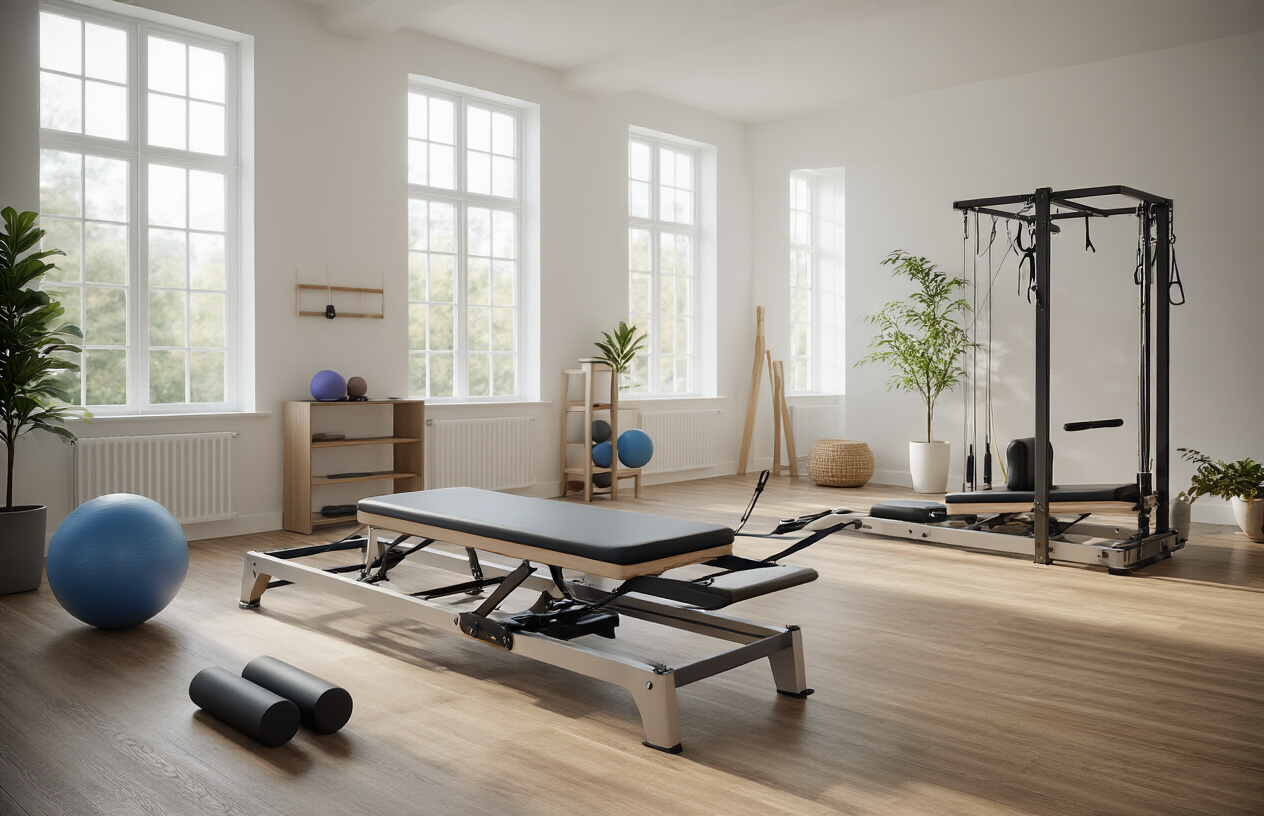
Improved Posture and Alignment
One of the most noticeable and lasting physical benefits of Pilates is its ability to correct posture and enhance body alignment. In our modern lifestyles, poor posture has become a common issue due to prolonged hours of sitting, screen use, and lack of core engagement. Slouching, rounded shoulders, and misaligned spines often lead to discomfort, tension headaches, and even long-term musculoskeletal problems. Pilates directly addresses these issues by strengthening the muscles that support good posture, particularly the core, back, and shoulders.
Through precise, controlled movements, Pilates teaches practitioners how to engage their deep stabilizing muscles, which in turn realigns the spine and reduces unnecessary strain on the body. For example, exercises like the “Pilates roll-up” and “spine stretch” lengthen the back while reinforcing the abdominals. Over time, these movements retrain the body to maintain proper alignment both during practice and in daily activities.
Another crucial element of Pilates is the emphasis on body awareness. Practitioners develop a keen sense of how their body is positioned in space, learning to recognize when they are slumping, leaning, or compensating with the wrong muscles. This awareness extends outside of the studio, improving how one sits at a desk, stands in line, or walks down the street.
Beyond the aesthetic appeal of standing taller, improved posture has significant health benefits. Proper alignment alleviates tension in the neck and shoulders, reduces back pain, and allows for better breathing capacity. Athletes and dancers often rely on Pilates for these very reasons, as enhanced posture translates to greater efficiency and fluidity of movement.
In essence, Pilates does not just build strength; it builds a stronger foundation for overall health. A well-aligned spine and engaged core create a body that moves more freely, breathes more efficiently, and functions more effectively in everyday life.
Enhanced Flexibility and Mobility
Flexibility and mobility are two aspects of fitness that often get overlooked, yet they play a crucial role in overall well-being. Pilates shines in this area by offering a balanced combination of stretching and strengthening exercises that improve the body’s range of motion without causing strain. Unlike static stretching routines, Pilates uses dynamic, controlled movements that lengthen muscles while simultaneously engaging them. This unique approach not only increases flexibility but also ensures the muscles are strong enough to support new ranges of motion.
One of the key features of Pilates flexibility training is its focus on balanced muscle development. Many people experience tightness in areas like the hamstrings, hip flexors, or shoulders due to repetitive daily activities or sports-specific training. Pilates gently releases these tight muscles while strengthening their opposing counterparts, creating equilibrium in the body. This balance prevents injuries and supports smoother, more efficient movement patterns.
Mobility is equally important, especially for maintaining independence as we age. Pilates exercises target the joints, encouraging safe, controlled articulation. Movements such as “leg circles” or “spine twists” promote fluidity in the hips and spine, which are common problem areas for stiffness. For older adults, this increased mobility translates into greater ease with daily tasks, such as bending, reaching, and walking without discomfort.
Athletes also benefit from Pilates’ flexibility and mobility training. Enhanced range of motion can improve performance in sports that require agility, speed, or precision. For example, runners often find relief from tight hamstrings, while swimmers gain improved shoulder mobility, leading to more efficient strokes.
Overall, Pilates provides a sustainable and effective way to stay flexible and mobile throughout life. Rather than forcing the body into extreme positions, Pilates works gently and progressively, ensuring improvements that last and contribute to long-term physical health.
Stronger Core and Muscle Tone
If there is one benefit most people associate with Pilates, it is the development of a strong, toned core. However, the concept of “core strength” in Pilates goes far beyond visible abs. The Pilates method defines the core as the entire powerhouse of the body, which includes the abdominals, obliques, lower back, hips, and pelvic floor. Strengthening these deep stabilizing muscles is essential for overall stability, balance, and functional movement.
Pilates exercises are designed to activate these muscles in almost every movement, whether on the mat or using equipment such as the reformer. Movements like “the hundred” or “plank variations” target not only surface muscles but also the deeper layers that support the spine and pelvis. This leads to improved balance, greater control, and reduced risk of injury.
Another major advantage is muscle toning without bulk. Unlike weightlifting, which often focuses on isolated muscle groups, Pilates emphasizes lengthening and strengthening simultaneously. The result is lean, sculpted muscles with improved endurance rather than bulky mass. This is particularly appealing to individuals who want a toned, athletic look without the heaviness that sometimes comes from traditional resistance training.
A strong core also has functional benefits beyond appearance. It stabilizes the body during everyday movements like bending, lifting, and twisting, making daily tasks easier and safer. For people with back pain, core strengthening in Pilates can be life-changing, as it relieves pressure on the spine and improves posture.
In addition to the core, Pilates tones the entire body. Arms, legs, and glutes are engaged through exercises that use body weight or small equipment like resistance bands and Pilates rings. Over time, practitioners notice not only stronger muscles but also increased endurance and better coordination.
Ultimately, Pilates creates strength from the inside out. By focusing on functional core strength and balanced muscle tone, it equips the body with the foundation needed for both athletic performance and everyday life.
3. Mental and Emotional Benefits of Pilates
Stress Reduction and Relaxation
One of the most valuable mental benefits of Pilates is its ability to reduce stress and promote deep relaxation. In today’s fast-paced world, many people live under constant pressure, juggling work, family, and personal responsibilities. Chronic stress often manifests physically in the form of muscle tension, headaches, and shallow breathing. Pilates addresses this by integrating controlled breathing, mindful movement, and focus on the present moment, helping practitioners release both physical and mental tension.
The breathing techniques used in Pilates are particularly effective for relaxation. Unlike unconscious chest breathing, Pilates encourages deep diaphragmatic breathing, which increases oxygen flow, lowers cortisol levels, and calms the nervous system. This shift into a more relaxed state not only reduces stress but also enhances overall well-being. Many practitioners describe feeling lighter and more refreshed after a session, similar to the mental clarity achieved through meditation or yoga.
Additionally, the repetitive, flowing movements of Pilates provide a meditative quality. By concentrating on form and rhythm, the mind is drawn away from external worries and into the body. This focus creates a state of mindfulness, which is proven to reduce anxiety and improve mental resilience. Unlike high-intensity workouts that may overstimulate the nervous system, Pilates nurtures calm energy, making it ideal for individuals seeking balance rather than adrenaline rushes.
Regular practice also improves sleep quality, which is closely linked to stress management. As the body releases tension and the mind becomes calmer, restful sleep becomes easier to achieve. Better sleep, in turn, strengthens the body’s ability to handle daily challenges without feeling overwhelmed.
In essence, Pilates is not just exercise—it is a powerful stress-management tool. By combining physical movement with mindful breathing, it allows practitioners to reset, recharge, and build resilience against the mental strains of modern life.
Increased Mind-Body Awareness
A hallmark of Pilates is its ability to cultivate mind-body awareness, an essential skill often overlooked in traditional exercise programs. Unlike workouts that emphasize speed or repetition, Pilates focuses on precision, control, and intentional movement. Every exercise requires concentration, encouraging practitioners to listen to their bodies and move with purpose.
This heightened awareness develops through small, detailed adjustments. For example, instead of simply lifting a leg, Pilates asks practitioners to notice the position of the pelvis, engage the deep abdominal muscles, and synchronize the breath. Over time, these cues train the brain to recognize subtle muscle engagements and postural shifts, creating a deeper understanding of how the body functions.
The benefits of mind-body awareness extend far beyond the Pilates mat. Practitioners become more attuned to how they sit, stand, or carry themselves throughout the day. They notice when their shoulders creep up in tension or when their spine rounds while working at a desk. With this awareness comes the ability to correct these habits, preventing discomfort and promoting long-term health.
On a psychological level, focusing on movement with intention strengthens concentration and mindfulness. Pilates requires being fully present, which helps quiet the mental noise of everyday stress. This meditative focus builds discipline and can even improve performance in other areas of life, such as work or creative activities, where concentration is essential.
For athletes, dancers, or anyone engaged in physical activity, enhanced mind-body awareness translates to greater efficiency and coordination. Movements become smoother, injuries are less likely, and performance improves. For everyday individuals, it means moving more gracefully, confidently, and safely.
In summary, Pilates teaches us to move smarter, not harder. By strengthening the connection between body and mind, it fosters awareness, mindfulness, and intentional living—skills that benefit every aspect of modern life.
Boosted Confidence and Self-Esteem
Another powerful emotional benefit of Pilates is the positive effect it has on confidence and self-esteem. Unlike some forms of exercise that focus heavily on external appearance or competition, Pilates emphasizes progress, body awareness, and personal growth. This creates a supportive environment where individuals can feel proud of their achievements, no matter how small.
One way Pilates boosts confidence is by providing tangible milestones. Whether it’s mastering a new exercise, improving posture, or simply noticing increased core strength, these accomplishments give practitioners a sense of success. Each improvement builds momentum, encouraging consistency and reinforcing a positive self-image.
In addition, Pilates helps reshape the way people view their bodies. Instead of focusing solely on appearance, it highlights what the body can do—its strength, flexibility, and resilience. This shift in perspective nurtures body positivity and gratitude, especially for individuals who may have struggled with body image issues in the past. Feeling strong and capable often translates to feeling more confident in daily life.
The improvements in posture and alignment gained through Pilates also contribute to greater self-esteem. Standing taller and moving with more grace naturally exudes confidence. Many practitioners find that as their body feels more balanced and energized, they carry themselves with more assurance in both personal and professional settings.
Furthermore, Pilates encourages self-compassion and patience. Progress is gradual, requiring consistency rather than perfection. Learning to embrace this journey fosters resilience and teaches individuals to celebrate progress instead of criticizing limitations. This mindset often extends beyond fitness, positively influencing relationships, career ambitions, and personal growth.
Ultimately, Pilates provides more than physical strength; it empowers individuals mentally and emotionally. By building confidence, fostering self-esteem, and creating a healthier relationship with one’s body, Pilates becomes a transformative practice that supports not only health but also overall life satisfaction.
4. Health and Rehabilitation Benefits
Injury Prevention and Recovery
One of the reasons Pilates is so widely recommended by physiotherapists and health professionals is its effectiveness in both injury prevention and recovery. Unlike high-impact workouts that can strain the joints and muscles, Pilates focuses on controlled, low-impact movements that strengthen stabilizing muscles and improve alignment. This reduces the likelihood of injuries caused by poor posture, muscle imbalances, or overuse.
At the core of Pilates’ preventive power is its focus on core strength and body mechanics. By training the deep abdominal and back muscles, the body gains a stable foundation for movement. A strong core supports the spine, which minimizes stress on joints and prevents injuries such as lower back pain, herniated discs, and shoulder strain. For athletes, this translates to improved performance and reduced downtime due to injuries.
When it comes to recovery, Pilates is equally valuable. Many rehabilitation programs integrate Pilates exercises because they can be adapted to the needs of people healing from surgery, chronic pain, or musculoskeletal injuries. For example, someone recovering from knee surgery can work on gentle leg and hip strengthening exercises that support mobility without putting pressure on the joint.
Another benefit is that Pilates is progressive. Movements can start at the most basic level and gradually increase in complexity as the body heals and gains strength. This makes it suitable for a wide range of rehabilitation scenarios, from sports injuries to long-term conditions like scoliosis or arthritis.
Most importantly, Pilates teaches body awareness, helping individuals recognize harmful movement patterns that may have contributed to their injuries in the first place. By retraining the body to move efficiently, Pilates not only aids in recovery but also prevents future injuries, offering a sustainable path to long-term health.
Chronic Pain Management
For individuals living with chronic pain, Pilates offers a safe and effective way to manage symptoms and improve quality of life. Conditions such as lower back pain, arthritis, and fibromyalgia are often linked to poor posture, weak muscles, or restricted mobility. Pilates directly addresses these issues by focusing on gentle strengthening, controlled mobility, and mindful breathing.
Lower back pain, one of the most common chronic conditions, is often caused by weak core muscles or poor spinal alignment. Pilates strengthens the deep stabilizing muscles around the spine, which helps relieve pressure and improve posture. Simple exercises like pelvic tilts and leg slides can significantly reduce discomfort when practiced consistently.
For those with arthritis or joint pain, Pilates provides low-impact movement that promotes mobility without overstressing the joints. Unlike high-impact workouts, Pilates encourages smooth, controlled motion, which lubricates the joints and reduces stiffness. Over time, this increased mobility helps individuals perform daily activities with less discomfort.
Additionally, Pilates incorporates breathing techniques that activate the parasympathetic nervous system, lowering stress and reducing pain perception. Since chronic pain is often worsened by tension and anxiety, the mind-body focus of Pilates provides both physical relief and emotional support.
Another important benefit is adaptability. Pilates can be modified for people at all levels of ability, making it accessible even for those with limited mobility. In fact, many doctors and physical therapists recommend Pilates as part of a long-term pain management plan because it helps patients regain confidence in their movement.
By addressing the root causes of discomfort—such as weak muscles, poor alignment, and stiffness—Pilates empowers individuals to take control of their health. For many, it becomes a life-changing practice that reduces dependency on pain medication and restores independence in daily life.
Better Balance and Coordination
Balance and coordination are essential for both athletic performance and everyday safety, yet they often decline with age or sedentary lifestyles. Pilates offers a powerful solution by strengthening stabilizing muscles, enhancing body awareness, and improving neuromuscular control. This combination makes it one of the best practices for cultivating lifelong balance and coordination.
At the foundation of this benefit is the core strength that Pilates develops. A strong core provides stability for the entire body, allowing movements to be performed with greater control. This is particularly important for maintaining balance during activities like walking, climbing stairs, or carrying groceries. Exercises such as “single-leg stretches” and “standing leg lifts” challenge the body to stabilize, thereby strengthening both balance and coordination.
For seniors, Pilates is especially valuable. Falls are one of the leading causes of injury among older adults, and poor balance is a major contributor. By improving posture, core stability, and proprioception (awareness of body position), Pilates significantly reduces the risk of falls. The controlled environment of a Pilates class also provides a safe space to practice balance without fear of injury.
Athletes also benefit from Pilates’ impact on coordination. By training the body to move with precision and efficiency, Pilates enhances agility and responsiveness. Sports that require quick directional changes, such as tennis or soccer, benefit from the improved neuromuscular connections cultivated through Pilates practice.
Beyond the physical, Pilates also trains mental focus, which is key for coordination. The concentration required to synchronize breath with movement sharpens awareness, creating smoother, more intentional motion patterns.
In summary, Pilates builds balance and coordination from the inside out. Whether preventing falls in seniors, enhancing performance in athletes, or simply making daily movements easier and safer, this practice strengthens both the body and the mind for greater control in every aspect of life.
5. Pilates for Different Lifestyles and Populations
Pilates for Athletes and Sports Performance
For athletes, Pilates is more than a supplementary workout—it’s a game-changer for performance, endurance, and injury prevention. Unlike traditional training, which often focuses on building power or speed, Pilates enhances the foundation of movement: core strength, balance, flexibility, and alignment. This foundation supports athletes across all sports, from runners and swimmers to golfers and football players.
One of the biggest advantages is improved injury resilience. Many athletic injuries are caused by muscle imbalances, poor posture, or weak stabilizers. Pilates corrects these weaknesses by targeting deep muscles often neglected in conventional training. For example, exercises that strengthen the glutes and core can prevent knee injuries in runners or ACL tears in soccer players.
Flexibility and mobility are also key benefits. Tight muscles limit range of motion and can reduce athletic efficiency. Pilates incorporates dynamic stretches that lengthen muscles while reinforcing strength. For swimmers, this translates into smoother shoulder rotations; for golfers, it means a more powerful and controlled swing.
Another benefit is improved breathing techniques. Pilates emphasizes controlled, diaphragmatic breathing, which enhances oxygen delivery to muscles and improves endurance. Athletes who learn to breathe efficiently often notice greater stamina during performance and quicker recovery after exertion.
Beyond the physical, Pilates develops mental focus, precision, and control—qualities essential for peak performance. Athletes often report improved concentration, faster reflexes, and better coordination after integrating Pilates into their training.
In short, Pilates equips athletes with the tools to move more efficiently, recover faster, and stay competitive for longer. By enhancing both body mechanics and mental focus, it provides a holistic advantage that traditional training often overlooks.
Pilates for Seniors
As people age, maintaining mobility, balance, and independence becomes a priority. Pilates is one of the most effective and accessible forms of exercise for seniors because it is low-impact, adaptable, and highly beneficial for joint health, bone strength, and stability. Unlike high-intensity workouts that may strain the body, Pilates provides gentle yet effective conditioning suitable for all ages.
One of the primary benefits for seniors is improved mobility and flexibility. Stiff joints and tight muscles often limit movement as we age, making daily activities such as bending, reaching, or climbing stairs more difficult. Pilates uses controlled stretching and strengthening exercises that keep joints supple and muscles strong, helping seniors maintain independence.
Balance is another crucial area where Pilates shines. Falls are a leading cause of injury among older adults, but Pilates strengthens the core and stabilizing muscles, improving posture and coordination. Simple movements such as seated leg lifts or standing balance exercises enhance proprioception and reduce fall risks.
Bone health also benefits from Pilates. Weight-bearing exercises in Pilates can help slow down bone density loss, making it a supportive practice for those managing osteoporosis or osteopenia. At the same time, it improves circulation and joint lubrication, easing discomfort from arthritis.
Additionally, Pilates fosters mental well-being. The mindful breathing and concentration involved in practice provide stress relief and mental clarity, which can be particularly valuable for seniors facing loneliness or cognitive decline. Group classes also offer a social element, creating community and support.
Ultimately, Pilates empowers seniors to age gracefully, preserving strength, mobility, and confidence. It ensures that staying active remains not just possible but enjoyable well into later years.
Prenatal and Postnatal Pilates
Pregnancy and postpartum recovery bring unique physical challenges, and Pilates is one of the safest and most effective methods to support women during these stages. Its emphasis on core stability, pelvic floor strength, posture, and breathing makes it particularly well-suited for expectant and new mothers.
During pregnancy, Pilates helps strengthen the muscles that support the growing belly and reduce discomfort in the lower back and hips. Exercises are adapted to avoid strain while focusing on maintaining mobility and alignment. A key benefit is strengthening the pelvic floor muscles, which are essential for supporting the uterus and bladder during pregnancy and for smoother delivery. Controlled breathing also helps prepare women for labor, promoting relaxation and stamina.
Postnatal Pilates is equally important for recovery. After childbirth, many women experience weakened core muscles, diastasis recti (abdominal separation), or pelvic floor issues. Gentle Pilates movements help restore strength safely, gradually closing abdominal gaps and improving stability. It also assists in relieving back pain from breastfeeding or carrying the baby.
Another benefit is the emotional support Pilates provides. The mindful breathing and focus on body awareness help mothers reconnect with their bodies after significant changes, boosting confidence and emotional well-being. Practicing Pilates can also improve energy levels, which are often low in the postpartum period.
Since Pilates can be tailored to different stages of pregnancy and postpartum recovery, it is a versatile and safe choice. With guidance from a qualified instructor, prenatal and postnatal Pilates becomes a powerful ally in supporting women’s health, strength, and confidence during one of life’s most transformative stages.
Pilates for Desk Workers
The modern workplace, dominated by hours of sitting and screen use, has led to widespread issues such as poor posture, back pain, and tight hips. Pilates is an excellent solution for desk workers because it directly addresses these problems through postural correction, core strengthening, and mobility exercises.
One of the main challenges of desk work is the tendency to slouch forward, leading to rounded shoulders and spinal misalignment. Pilates strengthens the core and back muscles that hold the body upright, helping individuals counteract these imbalances. Simple exercises like seated spine twists or chest openers can be practiced even in short breaks at work, reducing stiffness and discomfort.
Pilates also helps combat hip tightness, which is common from prolonged sitting. Movements that stretch and strengthen the hip flexors and glutes restore balance and relieve lower back pain. By opening up the hips, Pilates makes everyday movements such as standing, walking, and bending more comfortable.
Another major benefit for desk workers is improved circulation and energy levels. Sitting for long periods restricts blood flow, leading to fatigue and sluggishness. The dynamic, controlled movements of Pilates stimulate circulation and boost oxygen flow, leaving practitioners feeling more alert and energized.
Mentally, Pilates provides a much-needed break from screen fatigue. Its focus on mindfulness and breathing reduces stress, clears the mind, and promotes productivity. Many professionals find that a short Pilates session in the morning or after work significantly improves focus and reduces work-related anxiety.
In short, Pilates is the perfect antidote to sedentary office life. By addressing posture, mobility, circulation, and stress, it helps desk workers not only relieve discomfort but also maintain long-term health and productivity in a digital-driven lifestyle.
6. Long-Term Wellness Benefits of Pilates
Sustainable Fitness for All Ages
One of the greatest strengths of Pilates is its adaptability, making it a form of sustainable fitness that people can practice throughout their lives. Unlike high-impact workouts that may become too strenuous with age or injury, Pilates remains accessible because it can be tailored to each individual’s needs, ability level, and health condition.
For young adults, Pilates provides an excellent foundation for lifelong fitness. It builds strength, improves flexibility, and develops body awareness—all of which support more intense physical activities like running, cycling, or weight training. By preventing injuries early on, Pilates helps maintain a strong and functional body into later years.
For middle-aged adults, Pilates becomes a tool for balance and longevity. This stage of life often brings increased responsibilities, stress, and the first signs of physical decline, such as stiffness or back pain. Pilates offers a low-impact way to stay active, improve posture, and manage stress without overloading the body.
For seniors, Pilates is particularly valuable because it addresses age-related challenges like bone density loss, reduced mobility, and risk of falls. Gentle movements improve circulation, balance, and confidence, allowing older adults to maintain independence.
Another reason Pilates is sustainable is its versatility. It can be done on a mat with no equipment, using small props like resistance bands, or on specialized apparatus such as the reformer. This flexibility allows practitioners to adapt their routines as their bodies and circumstances change.
Ultimately, Pilates is a lifelong practice because it evolves with you. Whether you’re 20 or 80, its principles remain the same—strength, control, breath, and balance—but the application is endlessly adaptable. This makes it one of the most sustainable and effective forms of exercise for long-term health and vitality.
Holistic Approach to Health
Pilates is more than a fitness routine; it is a holistic approach to health that integrates body, mind, and spirit. Unlike workouts that focus solely on physical appearance or calorie burn, Pilates emphasizes balance, harmony, and overall well-being. This makes it a practice that not only improves physical health but also nurtures mental and emotional resilience.
Physically, Pilates strengthens muscles, improves posture, enhances flexibility, and promotes efficient movement. These benefits reduce the risk of injuries, support daily activities, and create a strong foundation for other forms of exercise. But Pilates goes beyond the body—it also develops mindfulness and self-awareness. Every exercise requires focus and precision, drawing attention to the breath and the way the body moves. This cultivates a deeper connection between the mind and body, which helps reduce stress and promote relaxation.
On an emotional level, Pilates encourages self-care. Practitioners learn to listen to their bodies, respect their limits, and celebrate progress rather than chasing perfection. This fosters a healthier relationship with fitness, where exercise becomes a source of empowerment instead of obligation.
Long-term, Pilates supports lifestyle integration. Many practitioners find that the mindfulness and awareness gained through Pilates extend into daily life—improving posture at work, reducing stress responses, and encouraging healthier habits. The practice also pairs well with other wellness routines such as yoga, meditation, or balanced nutrition, creating a comprehensive approach to health.
In essence, Pilates is not about quick results but lasting transformation. It provides tools to manage stress, build resilience, and maintain a strong, healthy body throughout all stages of life. By integrating physical conditioning with mental clarity and emotional balance, Pilates offers a truly holistic path to wellness that sustains both body and mind for the long run.
7. Conclusion
Pilates is far more than a workout—it is a lifestyle practice that strengthens the body, sharpens the mind, and nurtures emotional well-being. From improved posture, flexibility, and core strength to stress relief, confidence, and holistic health, its benefits touch every aspect of life. Unlike trends that come and go, Pilates has stood the test of time because it adapts to people of all ages, fitness levels, and lifestyles.
Whether you are an athlete seeking performance, a senior maintaining independence, a new mother rebuilding strength, or a desk worker relieving pain, Pilates offers tailored solutions. Its low-impact, mindful movements make it accessible, sustainable, and deeply rewarding.
By embracing Pilates, you are not just investing in fitness—you are investing in lifelong health, vitality, and balance. With consistent practice, Pilates becomes a tool for transformation, empowering you to move better, feel better, and live better every day.


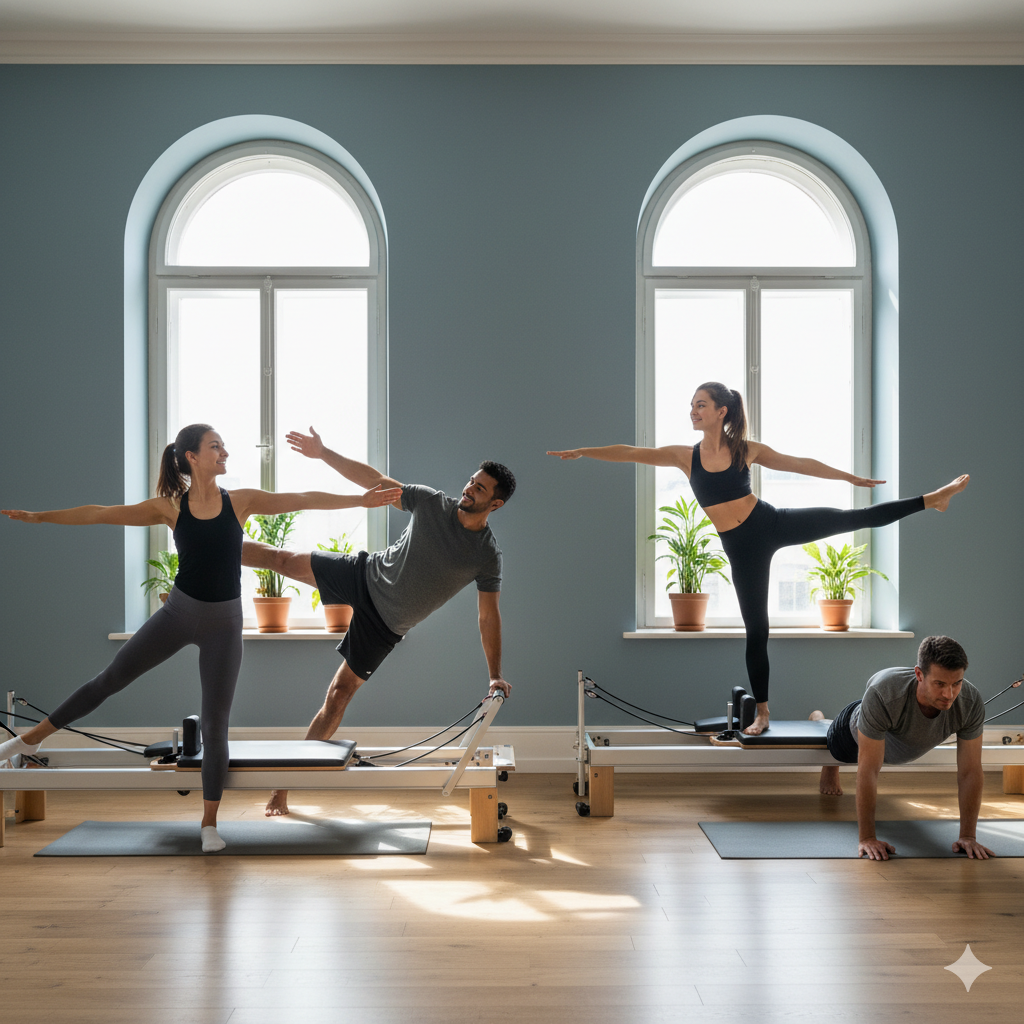
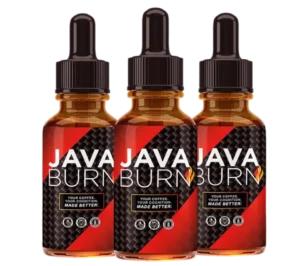

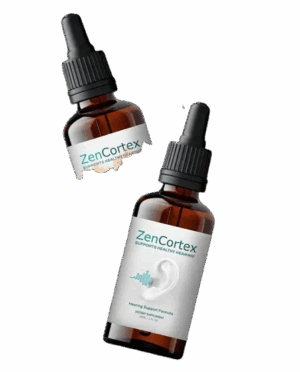

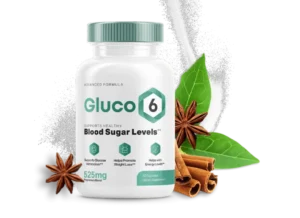

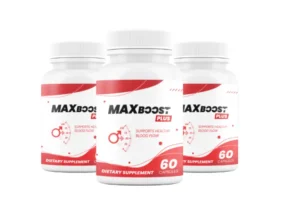
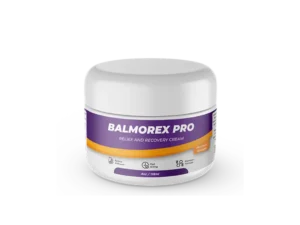
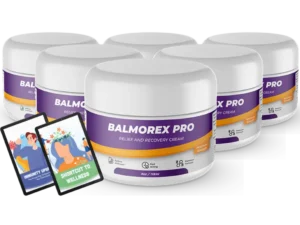
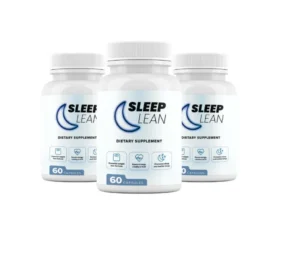
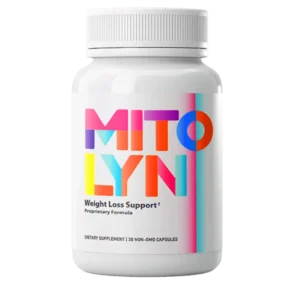

$ 69,00Original price was: $ 69,00.$ 39,00Current price is: $ 39,00.$ 79,00Original price was: $ 79,00.$ 49,00Current price is: $ 49,00.$ 79,00Original price was: $ 79,00.$ 39,00Current price is: $ 39,00.$ 79,00Original price was: $ 79,00.$ 39,00Current price is: $ 39,00.